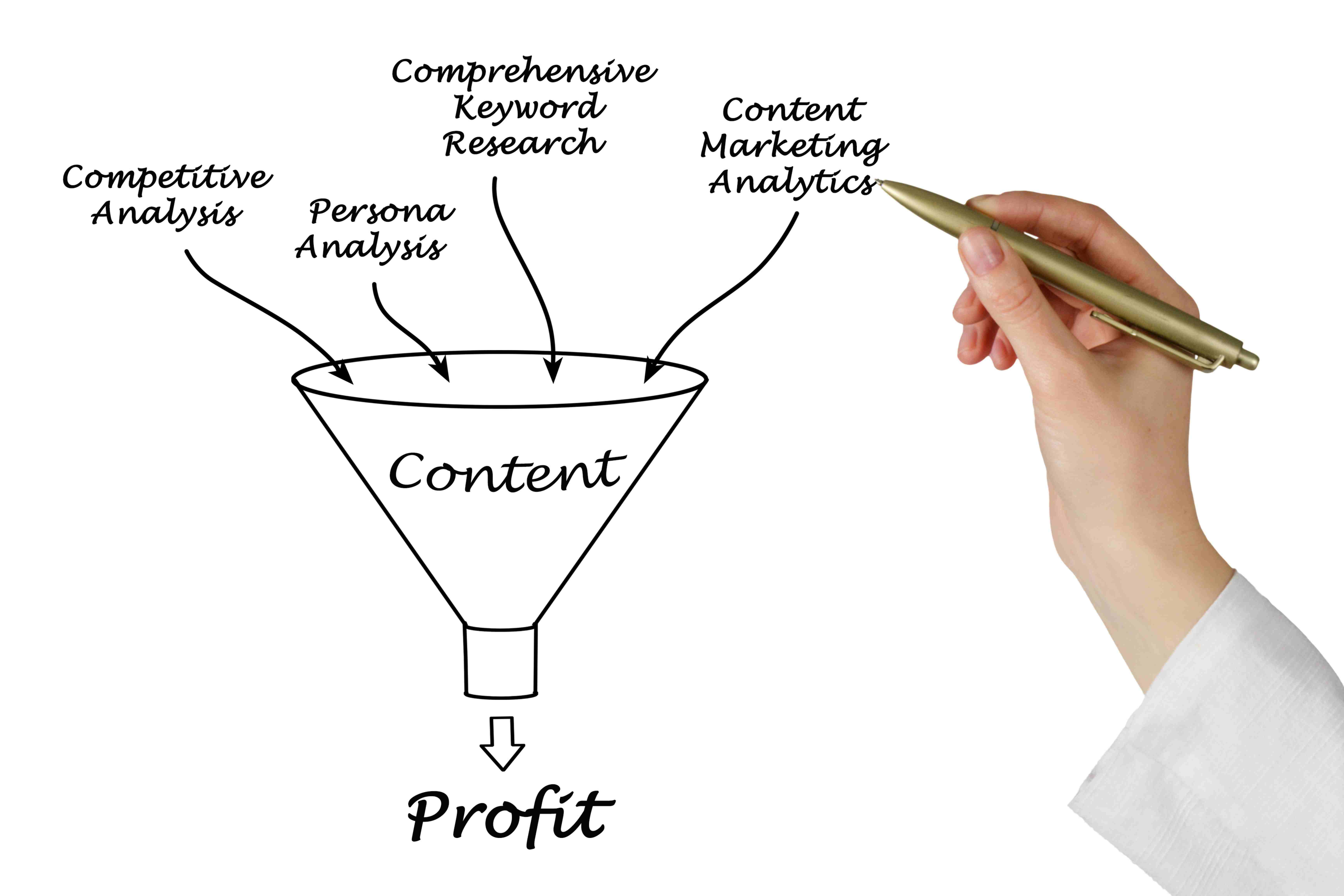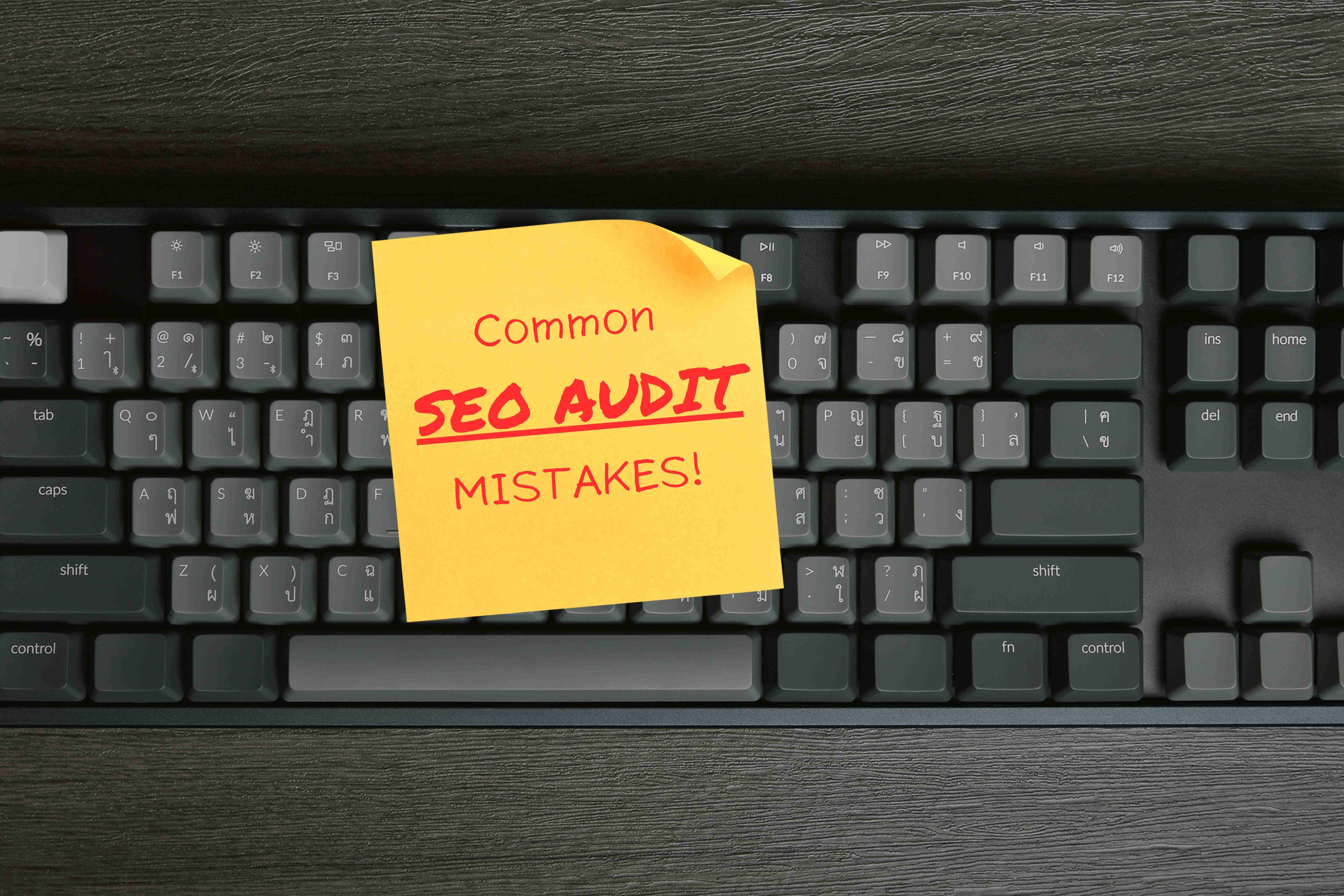Table of Contents
- Introduction
- Understanding Sales Funnels
- How Sales Funnels and SEO Work Together
- Steps to Implement an SEO-Friendly Sales Funnel
- Latest SEO Trends for Sales Funnels
- Conclusion
- About Don Hesh SEO
Introduction
In the competitive world of online business, it is essential to implement strategies that enhance visibility and drive organic traffic. One effective approach is to create sales funnels that support SEO. This article explores how sales funnels can be optimized for SEO, provides actionable tips for implementation, and discusses the latest SEO trends relevant to sales funnels.
Understanding Sales Funnels
A sales funnel is a marketing concept that illustrates the journey potential customers go through to make a purchase. The funnel is typically divided into several stages: awareness, interest, consideration, and conversion. Each stage requires specific strategies to guide prospects through the funnel and convert them into customers.
How Sales Funnels and SEO Work Together
Sales funnels and SEO complement each other in many ways. SEO helps attract potential customers to the top of the funnel by increasing visibility and driving organic traffic. Once visitors are in the funnel, a well-optimized sales funnel can guide them through each stage, ultimately leading to conversions. By aligning your sales funnel with SEO best practices, you can enhance user experience, increase engagement, and improve conversion rates.
Steps to Implement an SEO-Friendly Sales Funnel
Conduct Thorough Keyword Research
Keyword research is the foundation of both SEO and sales funnel optimization. Identify the keywords and phrases your target audience uses when searching for products or services similar to yours. Use tools like Google Keyword Planner, Ahrefs, or SEMrush to find relevant keywords for each stage of the funnel.
Create High-Quality, Relevant Content
Content is crucial at every stage of the sales funnel. Create valuable and relevant content that addresses the needs and pain points of your audience. For the awareness stage, focus on informative blog posts, articles, and videos. For the consideration stage, create case studies, product comparisons, and testimonials. For the conversion stage, use persuasive sales copy and clear CTAs.
Optimize Landing Pages
Landing pages play a vital role in converting visitors into leads and customers. Ensure your landing pages are optimized for SEO by using relevant keywords, meta tags, and high-quality images. Make sure the content is clear, concise, and compelling, with a strong focus on the benefits of your product or service.
Use Clear and Compelling CTAs
Calls-to-action (CTAs) guide visitors through the sales funnel. Use clear, concise, and compelling CTAs that encourage visitors to take the next step. Examples include “Learn More,” “Download Now,” “Sign Up,” or “Buy Now.” Place CTAs strategically throughout your content and landing pages.
Leverage Social Proof and Testimonials
Social proof and testimonials build trust and credibility with potential customers. Display customer reviews, ratings, and testimonials on your product pages and landing pages. Case studies and success stories can also be effective in convincing prospects of the value of your offerings.
Utilize Email Marketing
Email marketing is a powerful tool for nurturing leads and guiding them through the sales funnel. Collect email addresses through opt-in forms and use personalized email campaigns to provide valuable content, offers, and updates. Segment your email list to tailor messages to specific stages of the funnel.
Analyze and Refine Your Funnel
Regularly analyze the performance of your sales funnel to identify areas for improvement. Use tools like Google Analytics to track metrics such as traffic, conversion rates, and bounce rates. Make data-driven decisions to refine your funnel and improve its effectiveness.
Latest SEO Trends for Sales Funnels
Voice Search Optimization
Voice search is becoming increasingly popular, making it essential to optimize your content for voice queries. Focus on natural language and long-tail keywords that match conversational queries. Voice search optimization can help you reach a broader audience and enhance user experience.
Video Content Integration
Video content is highly engaging and can significantly impact your sales funnel. Create informative and persuasive videos for each stage of the funnel. Optimize video titles, descriptions, and tags with relevant keywords to improve SEO.
AI and Machine Learning
AI and machine learning are transforming the way businesses approach SEO and sales funnels. Use AI-powered tools to analyze data, predict customer behavior, and personalize content. Machine learning algorithms can help optimize your funnel for better performance and higher conversions.
Mobile-First Indexing
Google’s mobile-first indexing means that the mobile version of your site is considered the primary version. Ensure your sales funnel is mobile-friendly with responsive design, fast loading times, and easy navigation. A mobile-optimized funnel improves user experience and boosts your SEO.
Conclusion
Implementing sales funnels that support SEO is a powerful strategy for enhancing your online store’s visibility and driving organic traffic. By conducting thorough keyword research, creating high-quality content, optimizing landing pages, using compelling CTAs, leveraging social proof, utilizing email marketing, and regularly analyzing and refining your funnel, you can achieve better SEO and higher conversions. Stay updated with the latest SEO trends to keep your sales funnel optimized and competitive.
About Don Hesh SEO
Don Hesh SEO is your trusted partner for enhancing your online presence. As an SEO Consultant and Google Ads Consultant, we specialize in helping businesses improve their search engine rankings and drive more organic traffic. With our expert guidance and tailored strategies, you can achieve your SEO goals and grow your business. Contact us today to learn more about how we can help you succeed in the digital landscape.



